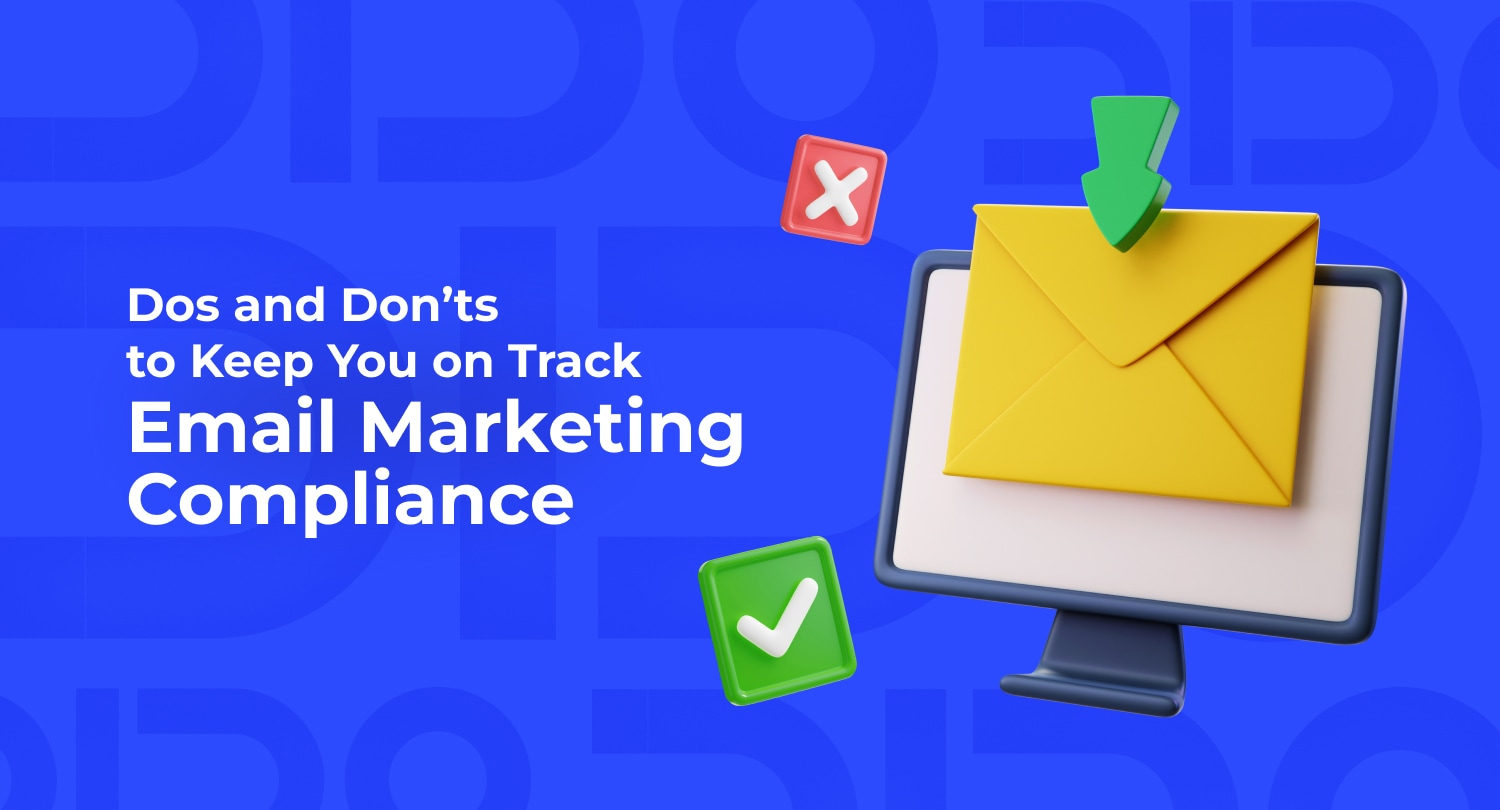Email marketing is a powerful tool for eCommerce brands… but with great power comes great responsibility. And, it’s far easier to fulfill that sense of responsibility when you know the ins and outs of email marketing compliance!
To help you better understand email marketing compliance, we’ll first explain what compliance is, followed by a set of Do’s and Don’ts for your future reference.
What is Email Marketing Compliance?
Email marketing compliance means correctly following the laws, regulations, and best practices related to email marketing and email communications.
Complying with laws and regulations means adhering to communications-related legislation, including following anti-spam and privacy laws. Complying with best practices means adhering to the “rules” of email marketing, including a commitment to informed consent and avoiding misleading content.
Proper email compliance means adhering to laws, regulations, and best practices, every single time you send an email.

The DOs and DON’Ts of Email Marketing Compliance
Now that we’ve explored the definition of email marketing compliance, it’s time to illustrate what that looks like in practice with a few examples of compliance Dos and Don’ts.
■ DO Get Explicit Consent
Getting explicit consent from your email subscribers is integral to your brand’s compliance efforts for a few reasons. First, failing to get explicit consent violates the CAN-SPAM Act, federal legislation preventing unsolicited email communications. Second, explicit consent is simply good email marketing practice – in fact, a double opt-in for consent is now the norm!
■ DO Provide Transparent Information
You must be transparent with your email sender information, and your communications need to include an accurate mailing address and an obvious email address. You also need to be transparent with the purpose of your emails; subject lines and preview text should always accurately depict what’s inside the email.
■ DO Respect User Privacy
When customers subscribe to your mailing list, they’re entrusting you with their personal information and data. It’s your responsibility to protect it by implementing data protection measures, not only ethically but also legally. Privacy legislation such as GDPR and CCPA require you – by law – to protect your subscribers’ data.
■ DON’T Neglect Unsubscribe Requests
Unsubscribes never feel great, but it’s important to remember that every subscriber has the right to unsubscribe, opt out, or change their subscription preferences. Make sure your unsubscribe process is simple, immediate, and as few steps as possible. Do not send an additional email asking the person to confirm their unsubscribe.
■ DON’T Send Misleading or Deceiving Content
For both legal and ethical compliance, your brand must actively avoid being misleading and/or deceiving. To ensure you’re only sending accurate and transparent content, do not use clickbait-y subject lines/preview text or make false/unsubstantiated claims. Focus on providing genuine value in everything you send.
■ DON’T Spam or Overwhelm Recipients
Sending emails at spammy or excessive frequencies is not only against anti-spam laws, but it’s also bad practice. Bombarding your subscribers with too frequent and/or irrelevant content can hurt your email reputation, increase your spam reports, and decrease your audience’s overall trust and belief in your brand.

Wrap Up
If your eCommerce brand wants to find success with email marketing, then compliance isn’t a “nice to have”… it’s a “need to have!”
By adhering to laws, regulations, and general best practices, you can avoid hefty fines, build trust with your customer base, and take pride in the fact that your brand is doing email marketing the “right” way.
